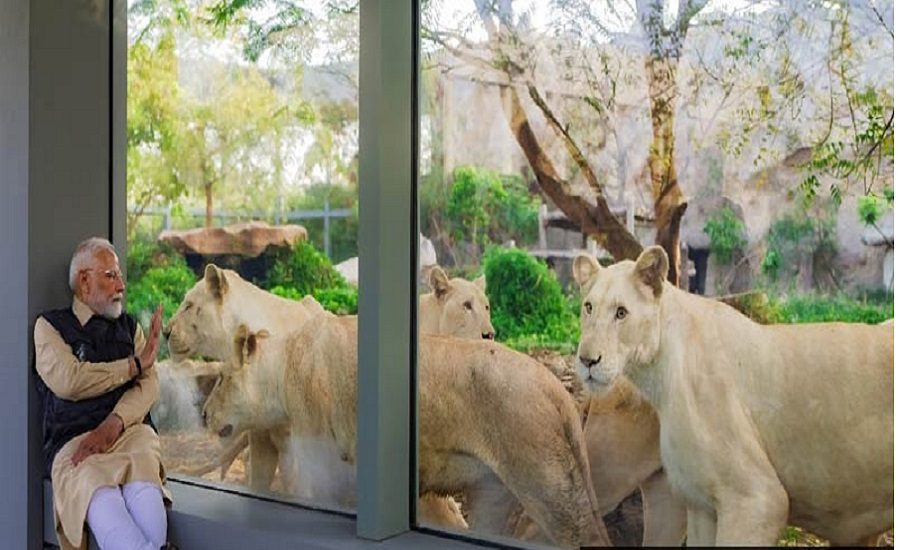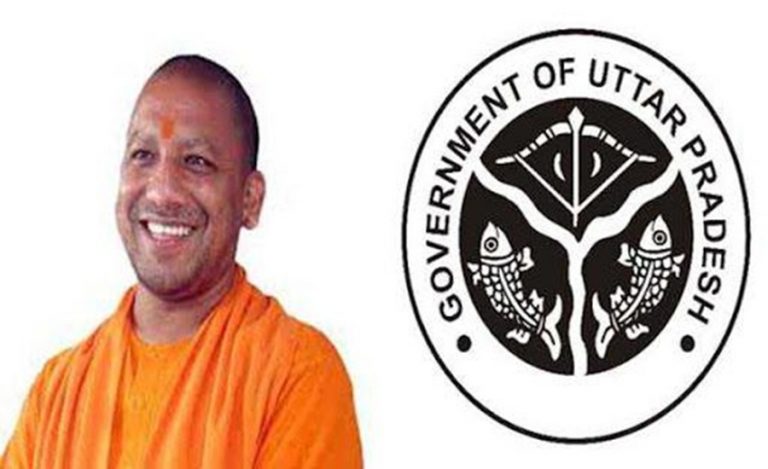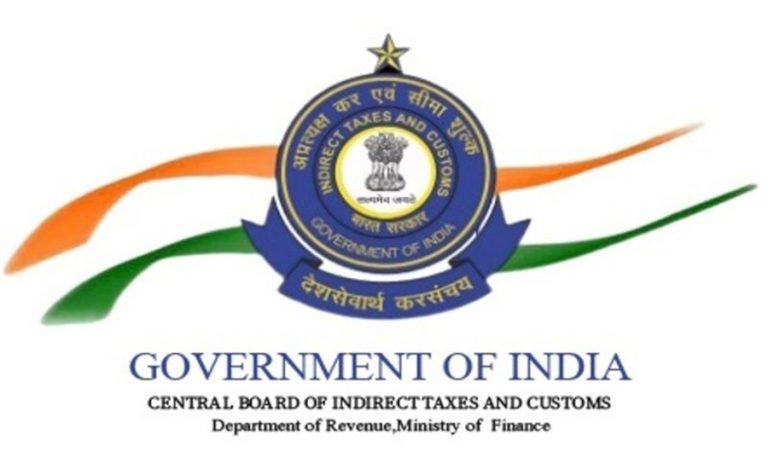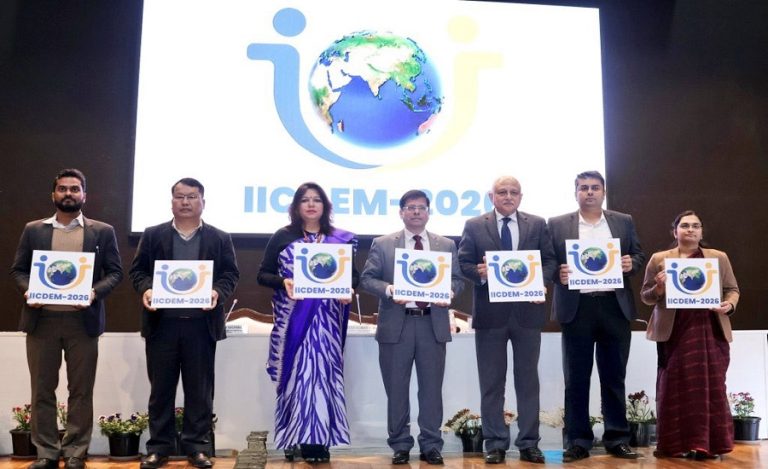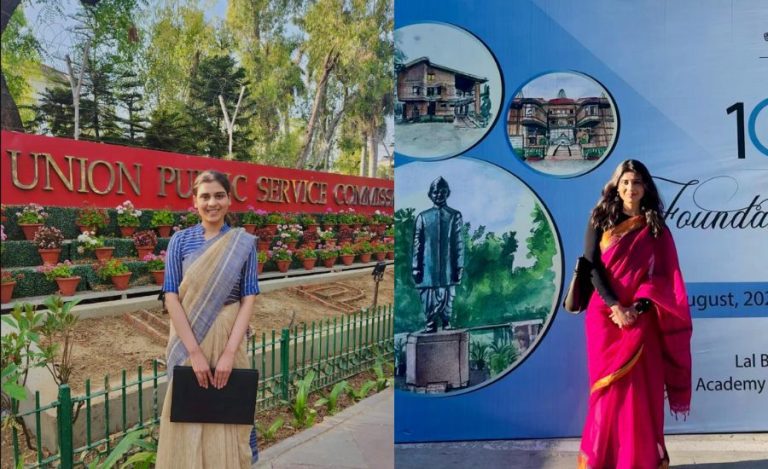Bhopal: Madhya Pradesh is taking bold steps towards enhancing wildlife conservation by implementing Chief Minister Dr. Mohan Yadav’s directives to develop advanced wildlife rescue centers and promote a sustainable “live and let live” eco-system. Inspired by Gujarat’s pioneering ‘Vantara’ model, the state aims to set new benchmarks in wildlife rehabilitation and biodiversity preservation.
Embracing High-Tech Innovations for Wildlife Conservation
Chief Minister Dr. Mohan Yadav emphasized the creation of a coexistence-based ecosystem that not only safeguards biodiversity but also boosts tourism and generates employment opportunities for forest dwellers. Among the innovative measures underway are the use of advanced technology in managing wildlife sanctuaries, establishment of rescue centers modeled after Gujarat’s successful ‘Vantara’, and relocation of rare species such as leopards, gharials, and turtles to ensure their survival.
Fencing initiatives are also being implemented to protect around 160 km of wildlife habitats and minimize human-animal conflicts, ensuring the safety of both.
Boosting Tourism and Economic Growth through Conservation
Highlighting the dense forests and rich wildlife tourism of Madhya Pradesh as key revenue drivers, Dr. Yadav announced special incentives and facilities for forest officers and staff recognizing their contributions. Efforts by the Forest Department have led to an expansion of forested areas and revenue generation, alongside transforming forest villages into revenue villages to uplift local communities.
More than 15,000 forest committees are actively engaged in conservation efforts. The state is also enhancing eco-tourism through the ‘Buffer-Safar’ scheme in its nine tiger reserves, offering visitors immersive experiences in forest and wildlife viewing without disturbing core habitats.
Significant Advances in Wildlife Protection
Madhya Pradesh’s status as a ‘Tiger State’ is strengthened by a steady rise in tiger populations. New conservation reserves are being established in Omkareshwar, Tapti, and Balaghat’s Sonwani area to protect critical wildlife habitats.
Following the successful reintroduction of African cheetahs at Kuno National Park, preparations are underway to extend cheetah restoration to other sanctuaries, including the Veerangana Durgavati Tiger Reserve in Bundelkhand, boosting biodiversity further.
Aquatic life conservation efforts are ongoing with breeding centers for species such as the Mahseer fish in Narmada, alongside existing centers for turtles, crocodiles, gharials, and the Ganges dolphin in Chambal. These centers are successfully increasing populations and supporting national wildlife restoration programs.
Dedicated Scheme for Elephant Protection
The state government has allocated ₹47.11 crore for elephant protection from 2023-24 to 2026-27. This includes monitoring elephant movements using collar IDs and deploying resources for their welfare and conflict prevention, reinforcing Madhya Pradesh’s commitment to this majestic species.
Respecting Forest Dwellers’ Rights
Chief Minister Dr. Yadav assured that the declaration of tiger reserves will not infringe upon the rights of tribal communities and forest dwellers. A co-management approach will be adopted to ensure coexistence, with appropriate rehabilitation measures wherever necessary, preserving the social fabric alongside ecological balance.
Madhya Pradesh Sets an Example for India in Wildlife Conservation
Under the visionary leadership of Dr. Mohan Yadav, Madhya Pradesh is emerging as a national model for integrating biodiversity conservation, tourism, wildlife protection, and tribal livelihoods. The state’s balanced approach is fostering a sustainable eco-system where wildlife and humans thrive together.

